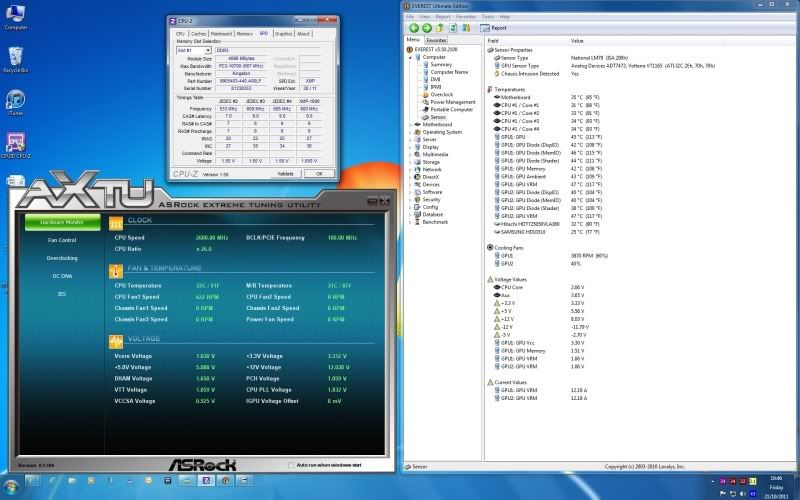Associate
- Joined
- 21 Nov 2006
- Posts
- 247
Ok fairly new to all this and so have gone with the easy option.
Set the auto-OC to 4.6 and changed my ram timings to 1600mhz.
Question is do i need to do anything else?
Running a i2600k under a H100. Temps are very good, performance is ok after a few games to test stability.
I need to read sticky to understand Prime etc...but is that the best test etc?
As always appreciate any comments/suggestions etc.
Set the auto-OC to 4.6 and changed my ram timings to 1600mhz.
Question is do i need to do anything else?
Running a i2600k under a H100. Temps are very good, performance is ok after a few games to test stability.
I need to read sticky to understand Prime etc...but is that the best test etc?
As always appreciate any comments/suggestions etc.


 and see how I get on.
and see how I get on.